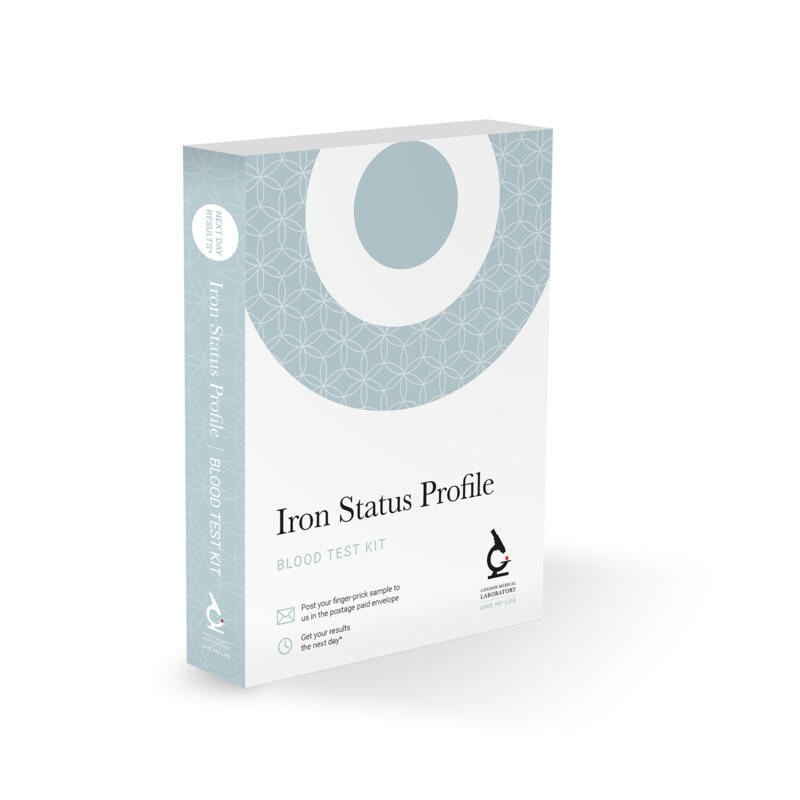
Iron Status Profile
Comprehensively analyse your iron levels and stores with iron, ferritin, transferrin saturation and iron-binding capacity.
Iron is essential for blood health and this test will tell you if you are at risk of iron deficiency, or have excess iron which can also cause serious health problems.
This test can be done on a finger-prick sample as well as a phlebotomy sample.




















